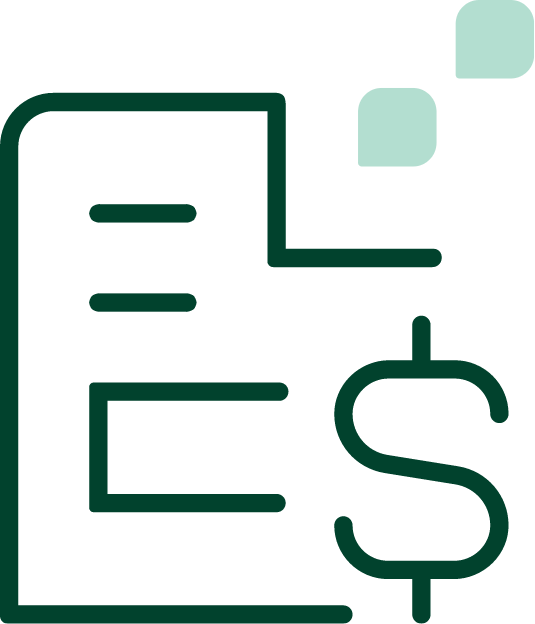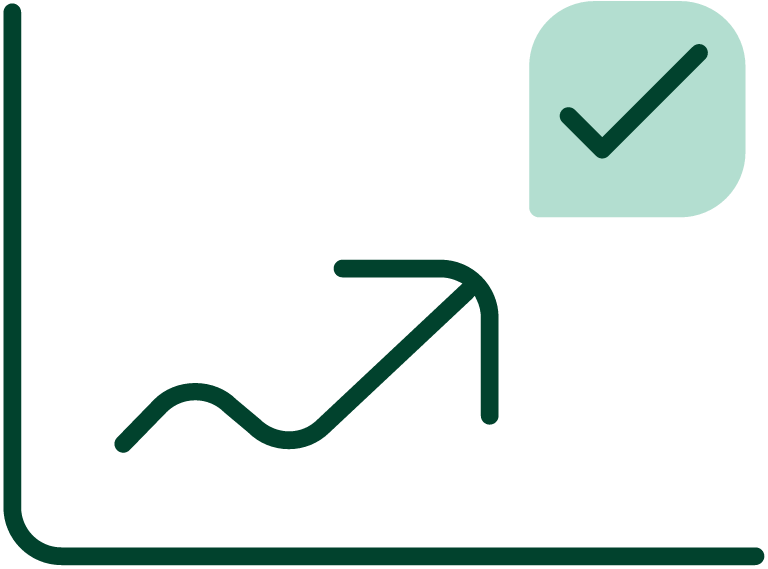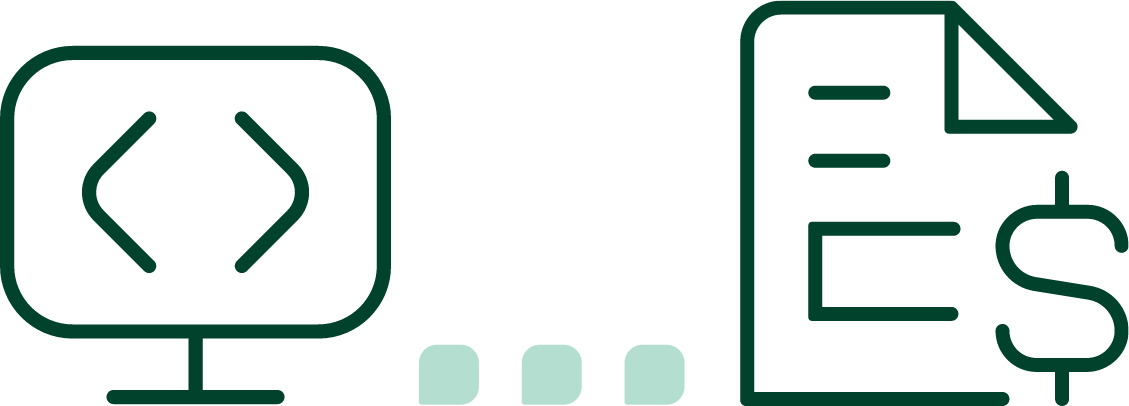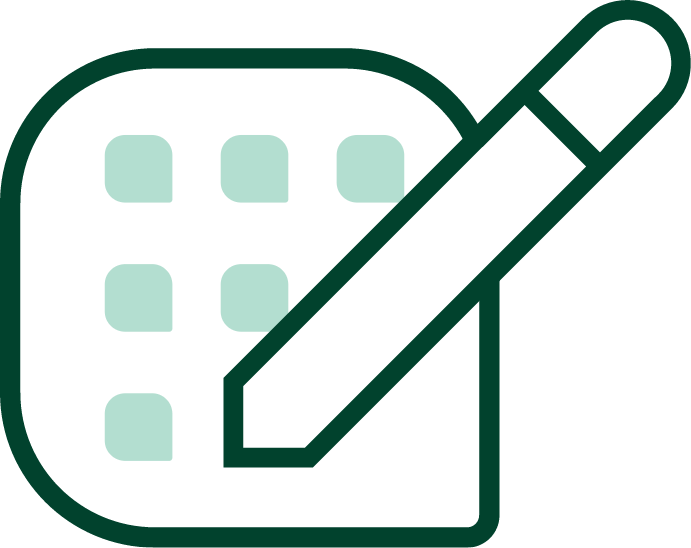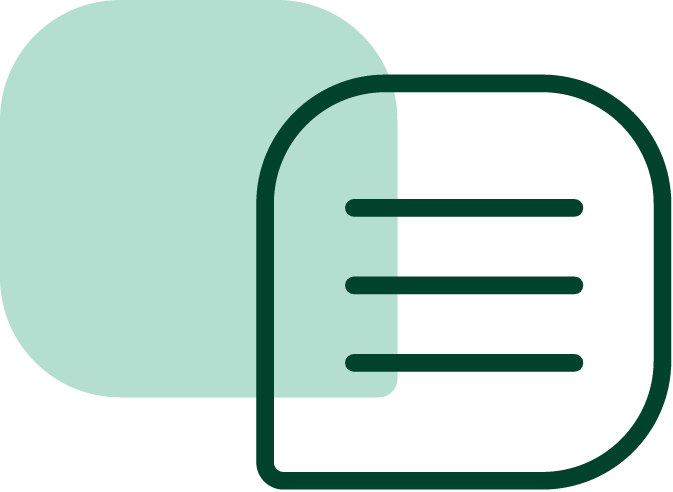A proactive B2B payment reminder sent before the due date is the most effective method for ensuring timely payment of invoices. Even so, businesses sometimes aren’t able to pay on time for a variety of reasons. Sending a payment reminder for business helps ensure that clients are aware that a due date has passed and that the invoice is outstanding. In certain cases, you’ll also need to follow up with a past due invoice email.
Why Past Due Invoice Emails Are Essential
Financial issues, administrative error, and miscommunication of payment terms are the most common reasons businesses fail to pay invoices on time. Whatever the reason, Overdue invoices are a fact of life, past due invoice emails are an effective method for managing your accounts receivable effectively.
- Minimize outstanding balance and improve cash flow. Sending a late payment reminder encourages prompt payment of unpaid invoices, reducing the number of delinquent accounts and minimizes the risk of write-offs and bad debt.
- Manage customer risk. Establishing a proper system for managing both open and overdue invoices that includes dunning workflows, reminder to pay invoice, and past due invoice emails proactively defends against extending credit to customers unable to pay.
- Increase transparency and avoid disputes. When your business communicates clearly the outstanding balance, payment options, consequences of non-payment, etc regarding overdue invoices, it minimizes the potential for misunderstandings and potential disputes. This also helps maintain customer relationships for future business success.
Key Components of an Effective Past Due Invoice Email
All past due invoice emails should include specific details, such as:
- Relevant information. All important information related to the invoice , such as the account number, the date the payment was due, the amount of the outstanding balance, payment details, account information, and late fees assessed. Any additional open invoices related to the account should also be included in the email. The invoice number should also be included in the email subject line. This helps ensure clear communications and minimizes the potential for disputes.
- Offer flexible payment methods and plans. Make it as simple as possible for customers to pay, preferably through a customer payment portals that enables them to conveniently make payments online 24/7 Explain the various payment options (e.g. ACH, debit or credit cards, electronic wallets) and plans (e.g. partial payments) available to them.
- Request to close the invoice as soon as possible. A sense of urgency should be communicated to the customer regarding the overdue invoice. Depending on the amount of time the invoice is overdue, this request may be polite or more demanding in tone.
Sample Past Due Invoice Email Templates
To streamline and automate the traditionally manual process of sending overdue invoice letters by mail, many businesses turn to automated payment collection reminders.
Here are a few examples of different email templates your business might want to send to reduce the number of past due invoices.
1) Late payment reminder:
A late payment reminder acknowledges that an invoice is overdue, yet without much urgency. It is typically sent right after the due date of the invoice, and can be considered the last step before escalation.
Note the gentle and friendly tone in the following template:
Subject: Friendly Reminder: Invoice [#Invoice Number] is Past Due
Body:
Dear [Customer Name],
I hope this message finds you well. I’m reaching out to remind you that Invoice [#Invoice Number], totaling [Invoice Amount], was due on [Due Date] and appears to remain unpaid.
To help you resolve this, I’ve included the relevant details below:
- Invoice Number: [#Invoice Number]
- Invoice Amount: [Invoice Amount]
- Due Date: [Due Date]
- Payment Methods: [e.g., bank transfer details, link to online payment portal, etc.]
If the payment has already been made, please disregard this reminder. If not, we would appreciate it if you could arrange payment at your earliest convenience. Should you need a copy of the invoice or have any questions, feel free to reach out to us directly at [Your Contact Information].
Thank you for your prompt attention to this matter. We truly value your business and look forward to resolving this soon.
Warm regards,
[Your Full Name]
[Your Position]
[Your Company Name]
[Your Contact Information]
[Optional: Company Logo or Footer]
2) First notice: 30 days past due invoice email
Once an invoice remains unpaid for a set period of time—usually 30 days—another email is sent to the customer.
Note that in this template the tone has become more stern. It also directly informs the customer that their account is delinquent:
Subject: First Notice: Invoice [#Invoice Number] Now 30 Days Past Due
Body:
Dear [Customer Name],
I hope this email finds you well. I’m writing to bring to your attention that Invoice [#Invoice Number], totaling [Invoice Amount], is now 30 days past due.
Below are the invoice details for your reference:
- Invoice Number: [#Invoice Number]
- Invoice Amount: [Invoice Amount]
- Original Due Date: [Due Date]
- Days Past Due: 30
We kindly ask that you process this payment as soon as possible to prevent any further delays. If you’ve already submitted payment, please let us know so we can update our records.
For your convenience, here are the available payment options:
[Insert Payment Methods, e.g., link to online payment portal, bank transfer details, etc.]
If there’s an issue with the invoice or if you need to discuss the matter further, don’t hesitate to contact us at [Your Contact Information]. We’re happy to work with you to resolve this quickly.
Thank you for your prompt attention to this matter. We truly value your business and look forward to receiving payment soon.
Best regards,
[Your Full Name]
[Your Position]
[Your Company Name]
[Your Contact Information]
[Optional: Company Logo or Footer]
3) Second notice: 60 days past due invoice email
If the first past due invoice email does not result in invoice collection, an additional email is sent after 60 days.
Note that the tone of this template conveys sense of urgency is included, and includes the potential consequences (e.g, late fees, escalation) if the invoice remains unpaid:
Subject: Second Notice: Invoice [#Invoice Number] Now 60 Days Past Due
Body:
Dear [Customer Name],
I hope this message finds you well. This is your second notice regarding Invoice [#Invoice Number], which remains unpaid and is now 60 days past due.
We understand that oversights can happen, and we want to work with you to resolve this matter promptly. Below are the details of the overdue invoice for your reference:
- Invoice Number: [#Invoice Number]
- Invoice Amount: [Invoice Amount]
- Original Due Date: [Due Date]
- Days Past Due: 60
To avoid further delays or additional late fees, we kindly ask that you remit payment as soon as possible. If the invoice continues to be unpaid, we will proceed with escalating it to a debt collection agency.
Please use the following payment options for your convenience:
[Insert Payment Methods, e.g., link to online payment portal, bank transfer details, etc.]
If you’ve already sent the payment, please let us know so we can update our records. Should you require any assistance or need to discuss the matter further, feel free to reach out to us at [Your Contact Information].
This is an important matter, and your prompt attention is greatly appreciated.
Thank you for your cooperation, and we look forward to resolving this with you.
Best regards,
[Your Full Name]
[Your Position]
[Your Company Name]
[Your Contact Information]
[Optional: Company Logo or Footer]
4) Final collection notice
If multiple attempts at contacting the client do not result in the collection of invoices, the first past due invoice email does not result in invoice collection, an additional email is sent after 60 days.
Note that the tone of this template is firm but professional, and includes the potential consequences (e.g, late fees, escalation) if the invoice remains unpaid:
Subject: Final Notice: Immediate Payment Required for Invoice [#Invoice Number]
Body:
Dear [Customer Name],
This is our final attempt to resolve the outstanding balance for Invoice [#Invoice Number], totaling [Invoice Amount], which remains [X] days overdue despite multiple previous reminders.
Invoice Details:
- Invoice Number: [#Invoice Number]
- Invoice Amount: [Invoice Amount]
- Original Due Date: [Due Date]
- Days Past Due: [X Days]
Immediate payment is required to avoid further action. If the payment is not received by [Final Deadline Date], we will have no choice but to escalate this matter, which may include involving a third-party collection agency or pursuing legal remedies.
To resolve this promptly, please use the following payment options:
[Insert Payment Methods, e.g., link to online payment portal, bank transfer details, etc.]
If you’ve already sent payment, please notify us immediately so we can update our records. Should you have any questions or wish to discuss this matter further, contact us at [Your Contact Information] without delay.
We hope to avoid escalation and trust you will give this matter your immediate attention.
Sincerely,
[Your Full Name]
[Your Position]
[Your Company Name]
[Your Contact Information]
Using Generative AI for Past Due Invoice Follow-Ups
Statistics show that personalized emails have higher levels of engagement than those that are not. But how can businesses personalize dozens or even hundreds of emails?
A/R and finance teams can make autonomous technology, such as ChatGPT, to scale the writing of their past due invoice follow-ups, helping them to:
- Create different email templates to be sent at different times (e.g. a week before payment is due, 30 days after payment is due, etc)
- Personalize an email for a customer, such as when he or she returns from vacation
- Create various different subject lines that communicate a sense of urgency
How Gaviti Uses B2B Payment Reminders to Minimize Past Due Invoice Emails
In addition to sending proactive payment reminders to customers, businesses must streamline and automate their accounts receivable to effectively manage their collections. At Gaviti, we take this a step further with our autonomous invoice-to-cash A/R management solution that allows businesses to perform A/R tasks on their own, without needing constant human control or supervision.
Its benefits include:
- Personalized and automated dunning workflows that send reminder emails before an invoice is due, optimizing how specific audiences receive which reminder and when, significantly increasing engagement and improving the chance of timely payments.
- Streamlined credit management that quickly manages customer risk and credit threshold with relevant information collected from relevant sources and a suggested credit limit for the reviewer to allow them to perform a sanity check.
- Centralization of A/R data that integrates with financial systems such as your CRM, ERP, and accounting software to gather A/R accurate and up-to-date A/R data. With this information, you can implement a data-driven approach that helps improve your dunning performance over time.
- Ability to make payments easily online 24/7 with a Self-Service Payer Portal that offers a variety of payment options including ACH, electronic payments, check, debit and credit customers, and more. Customers can also use it to view invoices, payment history, and any customer credit requests.
- Reduce errors and avoid disputes in the cash application process with AI-powered remittance matching that delivers near 100% accuracy using Gaviti’s Self-Service Payer Portal. Eliminating the need for manual intervention, expedite the cash application process, and reduce payment processing delays.
- Faster resolution of disputes and reduction in write-offs by identifying trends, clear communication with customers directly, and proactively resolution of future disputes.
Want to learn more about Gaviti’s autonomous invoice-to-cash A/R management solution? Get a demo today!

